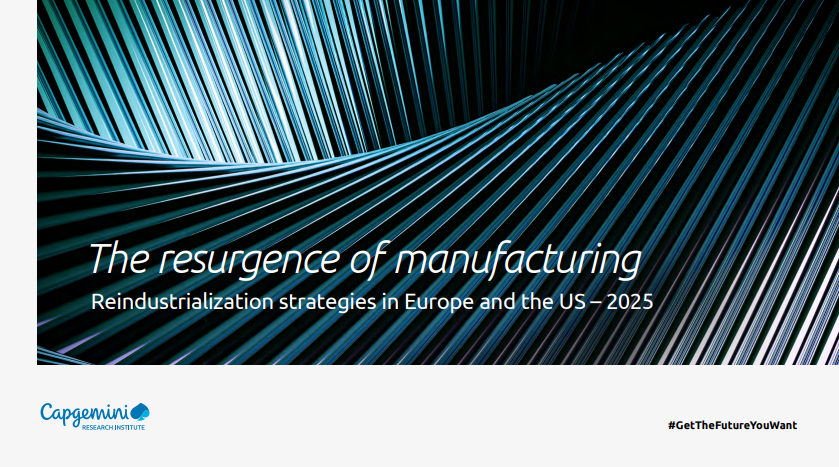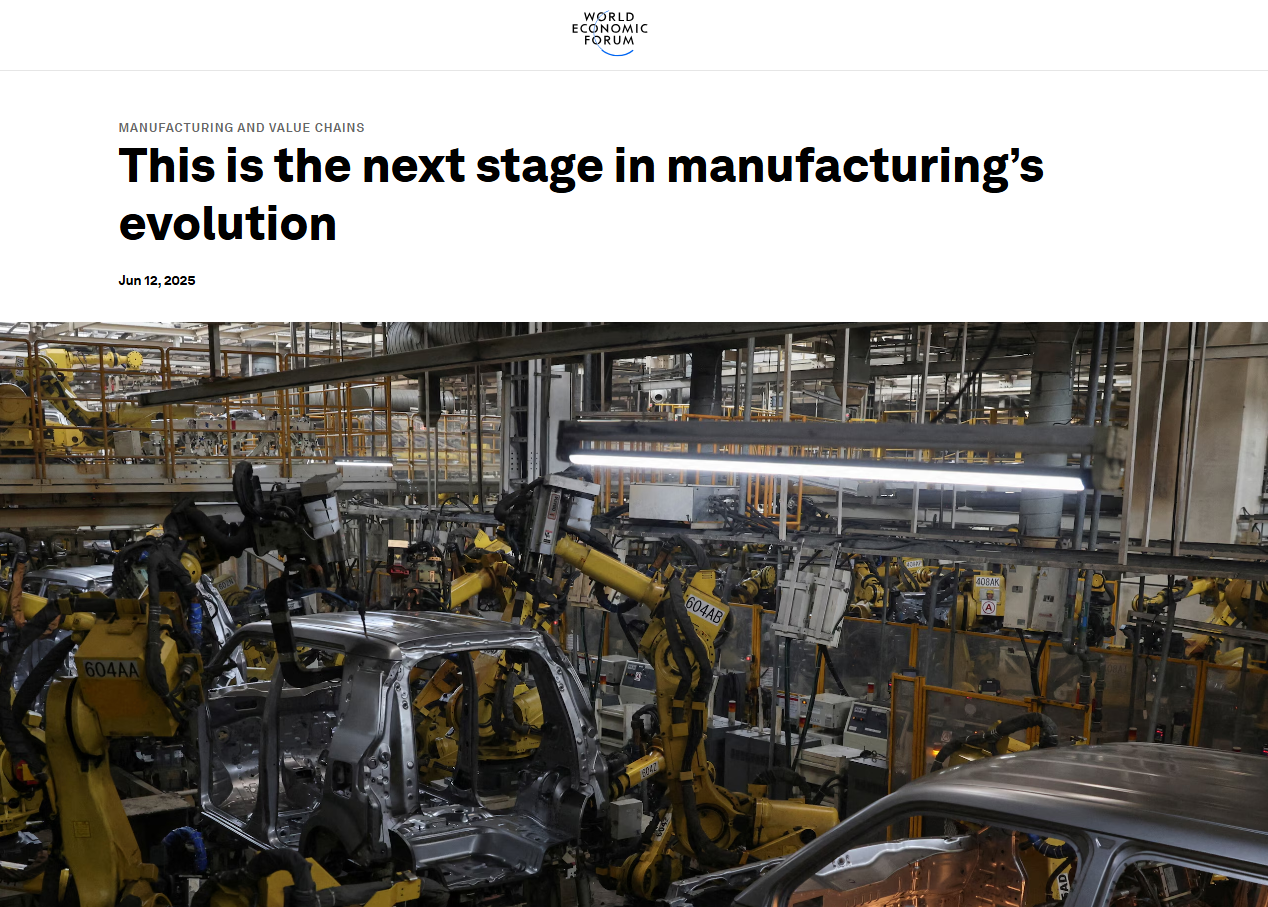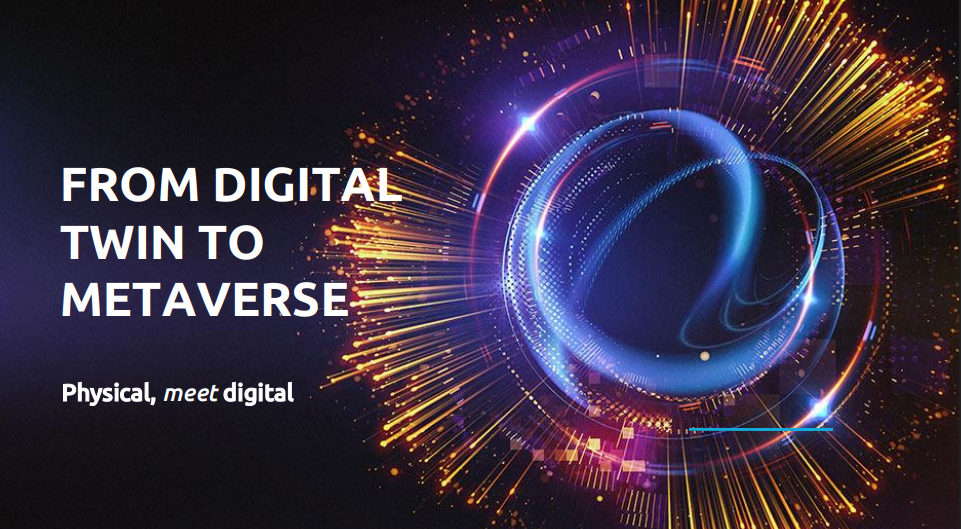Welcome to another edition of Industry Signals. In this issue, we explore smart manufacturing: the seamless integration of artificial intelligence (AI), industrial internet of things (IIoT), cloud and edge computing, automation, and digital twins. By unifying the physical and digital worlds, and taking advantage of the ability to simulate and model in multiple digital “worlds”, smart manufacturing creates a fully connected, adaptive, and intelligent production environment that enables manufacturers to plan, execute, and optimize across the entire value chain with real-time, data-driven decision-making.
Inside, you’ll find critical insights drawn from recent publications:
- Capgemini’s report, “The Resurgence of Manufacturing: Reindustrialization Strategies in Europe and the US,” highlights how manufacturers are taking a strategic shift toward reindustrialization in the US and Europe, leveraging smart technologies like digital twins and cloud-enabled smart manufacturing to localize production, enhance competitiveness, and address challenges like talent shortages and operational costs.
- WEF’s recent article on manufacturing evolution urges manufacturers to move beyond isolated technology deployments and embrace systemic innovation that integrates digital, green, and resilient priorities so that they can build intelligent, agile and competitive industrial ecosystems.
- Capgemini’s Digital Twin to Metaverse Report presents a roadmap from digital twin platforms to a fully immersive industrial metaverse (“Internet of Twins”) that drives scenario-based optimization, collaboration, and scalable digital continuity.
- Fujitsu’s June 2025 white paper on AI agents and intelligent manufacturing reframes smart manufacturing through the lens of agentic AI, positioning AI agents as the next step beyond traditional automation toward intelligent production ecosystems.
These insights show us that we are extending beyond the foundations of Industry 4.0 toward the vision of Industry 5.0. Human–machine collaboration is being elevated, agile operations are empowered, manufacturing is personalized, and continuous innovation is happening through closed-loop feedback systems. Manufacturing is entering a new era defined by convergence, where digitalization, sustainability, resilience, and human-centric design are no longer parallel goals but interconnected imperatives.
Insights from Capgemini on Smart Manufacturing and the Tech-Enabled Revival of US and European Industry
Capgemini’s report reveals that smart technologies like AI, digital twins, and cloud infrastructure are delivering significant cost savings while enabling more resilient and sustainable operations. Yet as reindustrialization accelerates, talent shortages and rising costs remain critical barriers to scaling impact.
- There is a massive investment surge in reindustrialization: Organizations across the US and Europe are redirecting focus from cost-driven offshoring to supply chain resilience and strategic autonomy. Total reindustrialization investments are projected to reach $4.7 trillion over the next three years, up from $3.4 trillion in 2024.
- Adoption of smart technologies is rising: Over half of the organizations surveyed (54%) have already achieved more than 20% cost savings by leveraging digital technologies such as AI/Gen AI, cloud computing, 5G/edge computing, and digital twins.
- Sustainability and resilience go hand in hand: Reindustrialization strategies are viewed not only as economic necessities but as avenues to enhance sustainability. Shorter regional supply chains and smarter, tech-driven operations are supporting reduced emissions, minimized waste, and enhanced business resilience.
- Talent gaps remain a bottleneck: Despite the shift, more than six in ten executives expect rising capital and operational costs over the next three years. A persistent challenge is the skills gap, underscoring the need for workforce development to match reindustrialization ambitions, something we discussed in our last Industry Signals post on The Future of Work.
World Economic Forum on the Rise of Resilience as Manufacturing’s Third Revolution
Source: World Economic Forum | Published: June 12, 2025 The World Economic Forum identifies resilience as the next defining pillar of manufacturing, joining digitalization and sustainability as essential, interconnected priorities. Rather than treating these domains in isolation, the article emphasizes the need for integrated transformation, where agility, intelligence, and long-term value are built into the core of industrial strategy. True leadership, it argues, will come from those who invest in systemic innovation that redefines how factories, supply chains, and technologies evolve together.
- Paradigms are shifting: Manufacturing at the convergence of three transformative forces: digitalization, sustainability, and now, as a rising imperative, resilience. Leaders must build resiliency into business models alongside digital and green agendas to remain competitive.
- Strategy is elevated through resilience: Resilience is no longer optional. It must be embedded as a core strategic dimension. Organizations that master adaptive structures and foresight will gain a distinct competitive edge.
- There are layers of innovation: Innovation is framed across three tiers: point solutions, application solutions, and systemic solutions, and only the latter truly redefines manufacturing ecosystems and enables flexible, future-ready operations.
- Integrated transformation is needed: Digital and sustainability initiatives, if pursued in silos, are insufficient. A holistic approach, aligning resilience with digital and green strategies, is required to build truly intelligent and future-ready factories.
From Digital Twin to Industrial Metaverse: Capgemini’s Vision for the Next-Gen Digital Twin
Source: Capgemini | Published: December 2024 Capgemini’s digital twin and metaverse report predicts that a powerful evolution is coming: “The Internet of Twins” (interconnected digital twins that provide better control of real‑world systems and reduce resource consumption). It suggests that digital twins can become productive, closed loop systems that extend into a shared industrial metaverse, and as a strategic-as-a-service model, this framework can enable real-time decision-making, enhanced simulation, and synchronized operations across the lifecycle.
- Digital twins can be strategic enablers: The digital twin can act as a synchronized virtual representation of real-world assets and processes, designed to support scenario planning, decision-making, and value-driven operations across the lifecycle.
- Multiple twin types can exist across domains: Digital twins are distinguished in two categories: as-designed/as-built and as-used, and have evolving roles from enabling virtual product development and production planning to supporting real-time operational decision-making through live data integration.
- Closing the feedback loop increases optimization: By integrating real-time data into simulation models, organizations can fine-tune scenarios, accelerate ramp-up, and boost efficiency across product and factory settings.
- We can evolve toward an industrial metaverse by extending digital twins: Extending digital twins into a shared immersive environment where factories, assets, operators, and supply chains interconnect is the basis of an “Internet of Twins.”
- Digital twins can be delivered by as-a-service delivery models: Next-generation digital twins are results-oriented platforms delivered via “digital-continuity-as-a-service,” and increase accessibility, scalability, and business impact.
Fujitsu’s Blueprint for Intelligent, Adaptive Production Systems as AI Agents Rise in Manufacturing
Source: Fujitsu | Published: June 2025 Fujitsu’s 2025 white paper presents a bold vision for the future of manufacturing built around AI agents. By moving beyond traditional automation, these agents enable adaptive production, resilient supply chains, and intelligent quality control, laying the groundwork for self-optimizing, next-generation industrial ecosystems.
- AI agents transcend traditional automation: AI agents are autonomous, goal-oriented systems capable of dialogue, adaptation, and real-time action, elevating manufacturing far beyond conventional cyber‑physical systems and IoT-based automation.
- AI agents enable reactive systems for proactive decision‑making: AI agents enable end-to-end capabilities, such as agile production planning, predictive maintenance, quality control, and environmental adaptation, driven by contextual intelligence and autonomous workflows.
- There are real world use cases: Deployments can be in areas such as supply-chain disruption recovery and production resilience, where AI agents orchestrate multi-agent decision-making to rapidly adjust strategy in volatile conditions.
- Leaders can be strategic with AI agents: It is advised for manufacturing executives to experiment with pilot AI agent implementations, establish ethical governance, and collaborate across ecosystems to unlock the full value of agentic AI.
- Agentic systems can be used for resilient supply chains: AI agents can optimize inventory, simulate impact scenarios, and streamline procurement decisions, enhancing cost, speed, and robustness.
Looking Ahead
The next frontier of smart manufacturing will not be defined solely by technology, but by the ability of organizations to orchestrate people, platforms, and intelligence in harmony. As the boundaries between the digital and physical worlds dissolve, the manufacturers that lead will be those that embrace convergence, integrating AI agents, digital twins, resilient systems, and human-centric design into a unified strategy. Success will belong to those who can balance agility with responsibility, speed with ethics, and innovation with inclusion.
The future of industrial manufacturing is no longer a distant vision. It is actively taking shape through decisions being made today. The insights in this edition show that we are entering an era where reindustrialization, digital transformation, and systemic resilience are intertwined imperatives. To thrive, manufacturers must move beyond isolated innovation and invest in intelligent ecosystems that prioritize adaptability, sustainability, and human empowerment. The path forward is clear: adopt a collaborative, forward-looking mindset and build the foundation for a smarter, more resilient manufacturing future—one that benefits both business and society.
That’s a wrap for this edition of Industry Signals.
Have a report, use case, or event you'd like to see featured in an upcoming issue? Send a note via PM. We’re always looking to spotlight what’s shaping the future of industry and find recommendations from the Xcelerator Community especially valuable. Your insights and experiences continually shape Industry Signals.
— Industry Signals Community Editor













